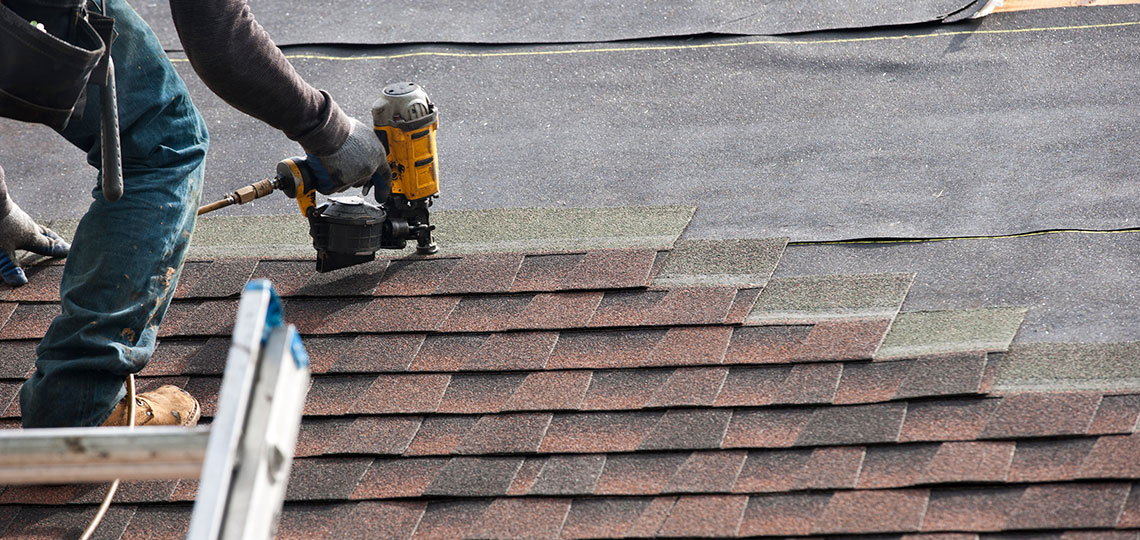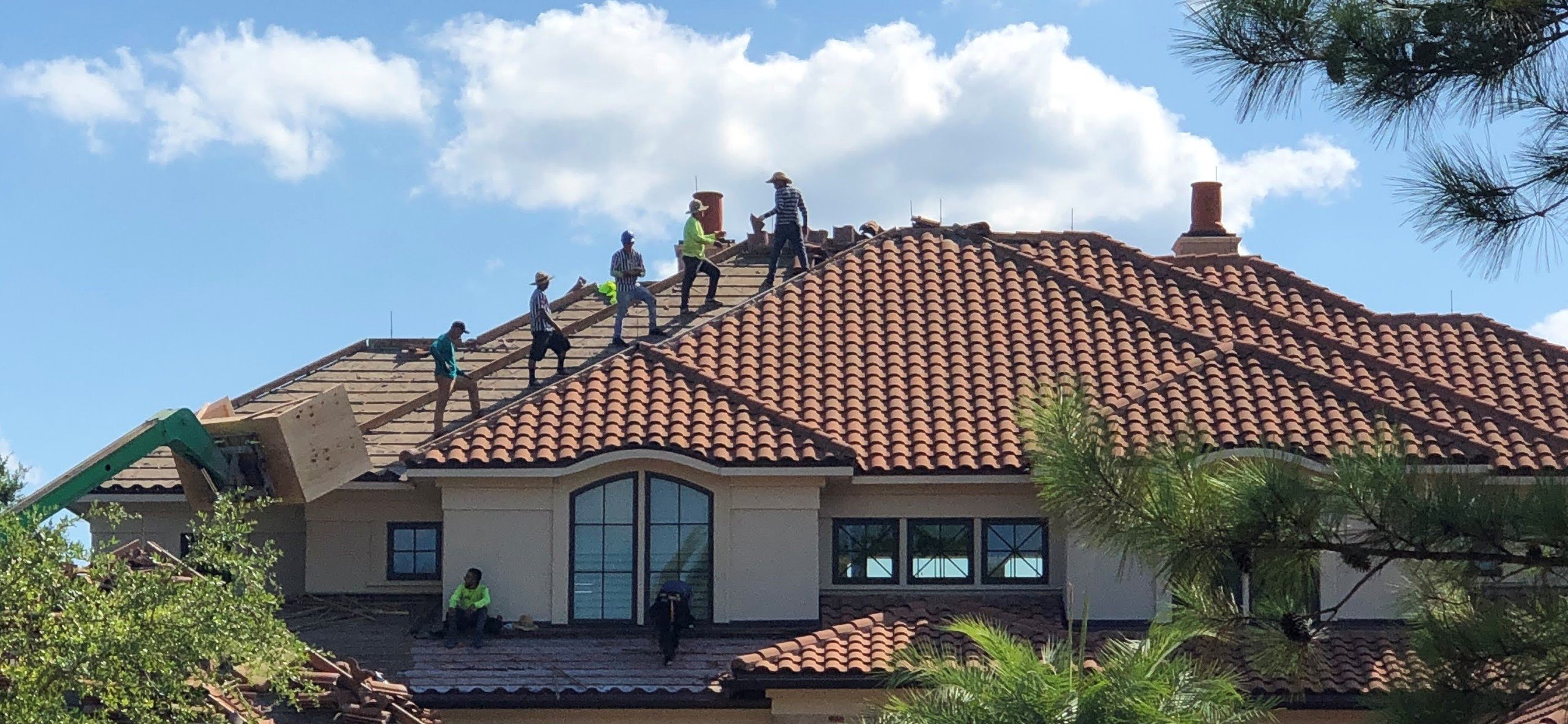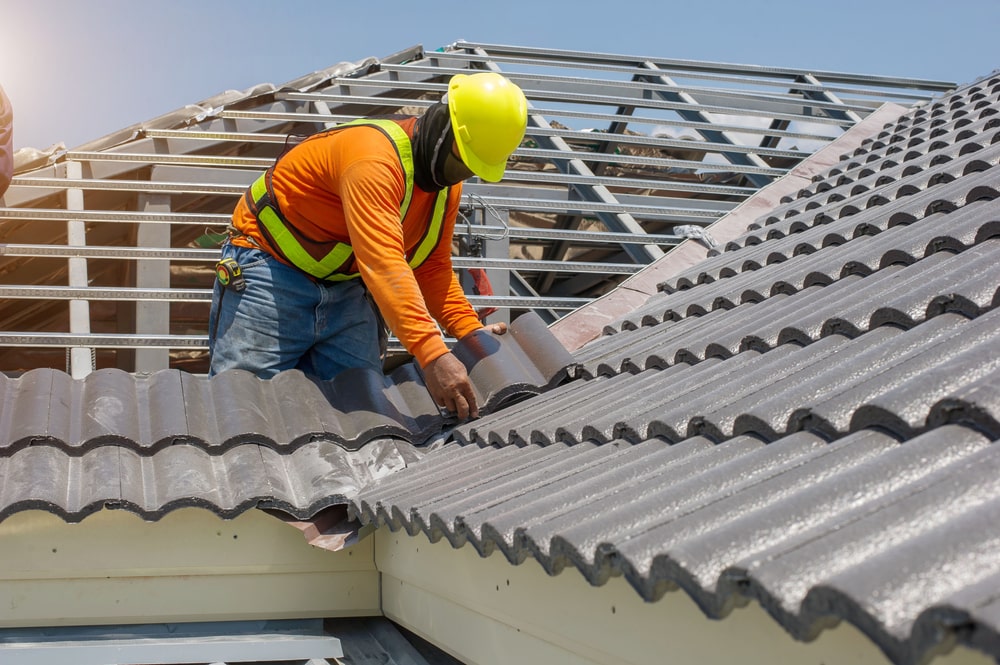Client Testimonies on the Best Gainesville FL Roofing Companies Readily Available
Wiki Article
Best Practices for Ensuring Correct Roofing Air Flow
A well balanced intake and exhaust air vent ratio, typically 1:300, plays a critical role, with intake vents ideally positioned at the reduced edge of the roofing system for great air access and exhaust vents at the top for warm air departure. Maintaining insulation away from vents is important to avoid airflow restriction.Understand Ventilation Basics
Properly understanding air flow fundamentals is essential for making certain the long life and performance of roof. Reliable air flow alleviates moisture build-up and temperature extremes in the attic, both of which can result in considerable structural damages in time. A well-ventilated roofing system assists in stopping typical problems such as mold and mildew growth, timber rot, and ice dams, which can endanger the integrity of the roof covering products and the underlying frameworks.The key goal of ventilation is to facilitate the activity of air, permitting a regular exchange between the indoor and outdoor atmospheres. This balance is attained with a combination of consumption and exhaust vents that interact to preserve optimal air flow. Consumption vents, typically situated along the soffits or eaves, enable fresh air to get in the attic room area, while exhaust vents, frequently situated at or near the roof covering ridge, make it possible for hot, moist air to escape.
Trick variables affecting the performance of roof covering ventilation include proper positioning, appropriate sizing, and guaranteeing that both intake and exhaust vents are unhampered. Regular assessment and maintenance are crucial to recognize possible blockages, damages, or inefficiencies in the air flow system, consequently securing the roofing system's performance and sturdiness.
Kinds Of Roof Vents
Roof covering vents play a critical role in keeping efficient attic ventilation and, by extension, the overall health and wellness of the roofing system. Different kinds of roofing vents are offered, each with unique benefits tailored to details roof covering requirements.
Soffit vents are mounted under the eaves and operate in tandem with roof vents to make certain a well balanced consumption and exhaust system. By enabling cooler air to go into from below, soffit vents assist in the expulsion of hot air with upper vents. Gable vents, situated on the outside wall surfaces of the attic, deal an additional efficient option, specifically in homes with gable roof coverings.
Evaluate Your Current Ventilation

Following, think about the age and condition of your roofing materials and air flow parts. Older systems may not abide by present building regulations or may have degraded with time, decreasing their effectiveness. Conduct an extensive assessment to recognize any type of indications of deterioration, such as rust, damages, or spaces that can endanger the system's performance.
Additionally, determine the attic temperature level and moisture degrees. High temperatures and moisture can suggest poor air flow.
Installment Best Practices
Efficient setup of roof ventilation systems is vital for guaranteeing optimum efficiency and durability. Correct installment starts with recognizing the certain air flow demands of the roof and the structure it covers. This involves computing the correct ratio of consumption to exhaust vents, normally adhering to the 1:300 regulation, which specifies one square foot of ventilation for every 300 square feet of attic flooring space.
Intake vents ought to be mounted at the roofing system's lower side, typically in the soffits, to allow cool air to enter. Exhaust vents, on the various other hand, ought to be set up near or at the roof's peak to promote the departure of warm, moist air.
Seal all air vent links carefully to protect against air leaks and possible water infiltration. Use top quality materials and follow manufacturer standards to make sure Visit Website resilience and effectiveness. Additionally, integrating ridge vents with baffles can substantially enhance air flow efficiency this hyperlink by stopping wind-driven rain and snow from going into the attic room.
Eventually, specific setup of roof covering air flow systems mitigates potential issues such as mold development, ice dams, and architectural damage, making sure the roof covering's honesty and the structure's overall health and wellness.
Normal Maintenance Tips
Uniformity in upkeep techniques is basic to making certain the long-lasting performance of roof ventilation systems. Normal assessments are critical, preferably executed biannually-- in the spring and loss. During these examinations, ensure that vents are devoid of debris, nests, and other blockages that might hinder air flow. Check for any kind of signs of dampness buildup or mold and mildew, as these can indicate incorrect air flow or leakages (roofing companies).
Make use of a soft brush or a vacuum to eliminate dust and particles from consumption and exhaust vents. Be mindful not to damage the vent displays or louvers during the procedure.
Correct insulation is similarly vital. Make certain that attic room insulation does not obstruct the vents, as this can significantly limit air movement. If any type of insulation has actually changed or settled, reposition or change it to maintain an effective barrier.
Last but not least, change any type of harmed or missing out on components immediately. Broken vents, broken roof shingles, or scrubby blinking can all add to insufficient ventilation and must be attended to without hold-up. Regular upkeep ensures that the roofing ventilation system functions optimally, thus extending the life expectancy of the roof itself.
Verdict
Making sure appropriate roof air flow is vital for maintaining the efficiency and resilience of a roofing system. Adherence to the 1:300 consumption and exhaust air vent ratio, paired with the tactical positioning of vents, is important.A well balanced intake and exhaust air vent ratio, commonly 1:300, plays a click this link crucial duty, with intake vents ideally placed at the lower edge of the roofing system for great air access and exhaust vents at the top for cozy air leave. Intake vents, normally situated along the eaves or soffits, permit fresh air to go into the attic room, while exhaust vents, usually situated at or near the roof covering ridge, enable warm, humid air to leave.
Soffit vents are set up under the eaves and job in tandem with roofing vents to guarantee a balanced consumption and exhaust system. By permitting cooler air to enter from below, soffit vents help with the expulsion of hot air via upper vents. Adherence to the 1:300 intake and exhaust air vent proportion, paired with the strategic placement of vents, is vital.
Report this wiki page